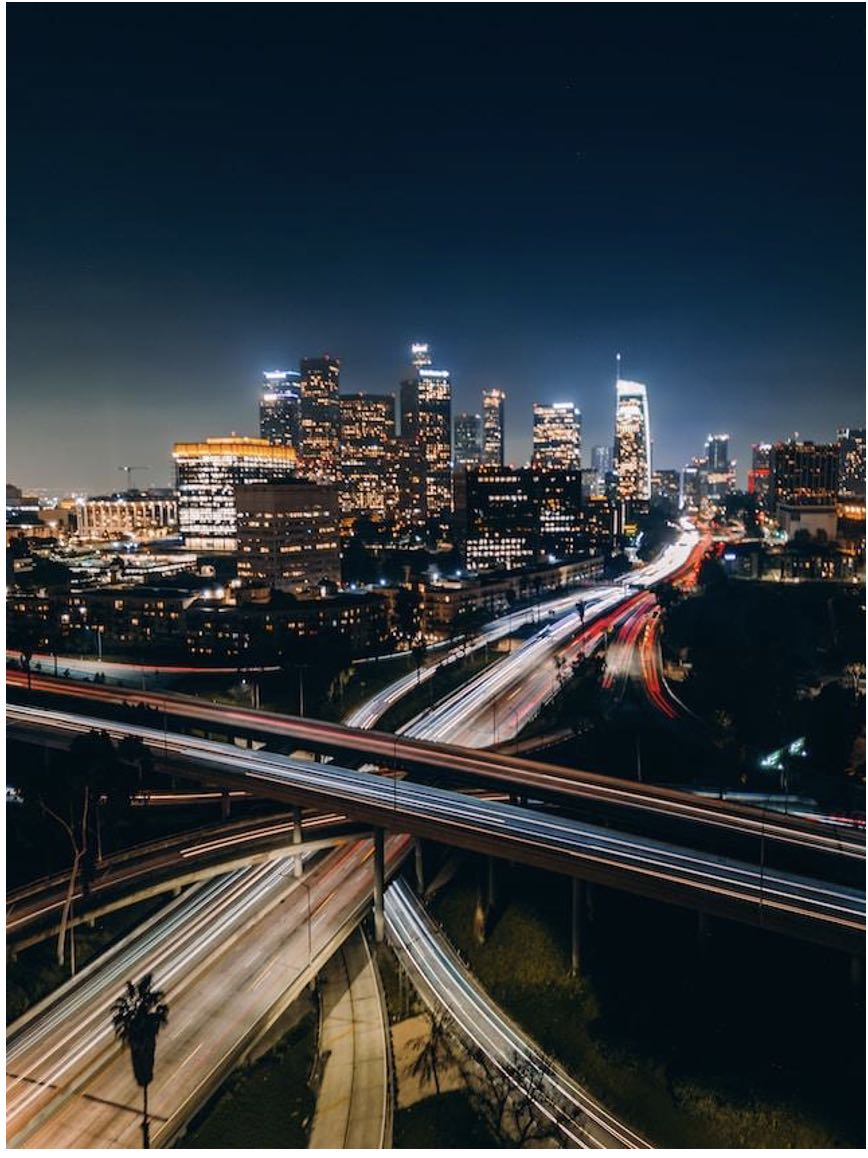
The term “traffic violence” is commonly used to describe the outbreak of death and serious injuries that have plagued the roadways since the invention of the car. When a vehicle hits something, or something, it’s referred to as an “accident,” but since the death toll is exceptionally high for people not driving cars, the word “accident” has been slowly but surely removed from the vocabulary. Many have adopted the term “traffic violence” when describing vehicle-related collisions, notably when a pedestrian or cyclist is injured or killed. If you google “what is traffic injury,” the top hits will include locally focused articles from newspapers showcasing community events.
Auto accident rates have escalated over the years as L.A. County’s population and motor vehicle traffic have increased. Although gun-related fatalities are a severe issue in California and the rest of the U.S., car accidents cause as many deaths as firearms yearly. Each year, government agencies and other organizations collect data and release reports on their findings, so it’s crucial for drivers and pedestrians or cyclists to understand the risks they face. Indeed, the language is evolving, but collisions have deep roots and broad reach. Violent systems don’t arise by accident and undoubtedly don’t persist by accident.
In 2022, approximately 300 people died in motor vehicle traffic crashes, the highest annual death toll in two decades, meaning that Los Angeles’ streets remain exceptionally deadly for pedestrians and cyclists. Michael Schneider, founder of Streets For All, argues that the city council refuses to allocate adequate funding, place emphasis on the financing for projects, or staff properly to execute projects. Most incidents recorded are around occupants of vehicles, belted occupants being at non-incapacitating and capacitating risk injury, but unbelted occupants weren’t at increased risk. In non-fatal crashes, drivers and passengers recorded the most traffic-related injuries.
Traffic violence requires concerted efforts for effective and sustainable prevention. Almost all of us have witnessed a car crash on our daily commutes or while running errands, yet very few of us understand what is to come after we pass by the collision. We don’t even think about the police officer or the first responder who delivers the bad news to the people waiting on the scene or what remains at the crash site after we continue our journey. Road traffic injuries and fatalities lead to social consequences such as loss of productivity, the costs to the legal system, not to mention the pain and suffering of the victims.
Motor vehicle accidents occur all the time, and they can happen anywhere, but some cities in the U.S. are more prone to accidents than others. Los Angeles is largely regarded as one of the most dangerous cities in America due to the number of car crash injuries and fatalities. If you were to ask anyone from a Los Angeles car accident lawyer to an ordinary citizen, they would tell you that the following factors play a major role in traffic collisions:
Negligent drivers endanger the lives of everyone on the road, so they must be held accountable for the accidents they cause. Victims need to understand their rights when crashes occur to make informed choices.
Los Angeles’s thriving car culture is associated with heavily congested roads and high road traffic accidents, which has attracted negative attention from the media, state transportation agencies, and safety advocates. Labeling accidents as acts of intentional violence might be the path to better safety or safer transportation, drawing people’s attention to the fact that collisions are preventable, not the other way around. Taking into account the fact that communities in L.A. spend more hours in traffic than any other areas in the nation, something should be done to reduce congestion and the incidence of car accidents. Changing the terminology from accidents to violence might just do the trick.
It’s essential to understand that the people injured or killed in motor vehicle accidents aren’t just statistics or economic costs. They leave behind a hole that can’t be filled over time, even if it shrinks, not only in their families but also in their communities. You, too, whether you’re at home or abroad, know the risks and take the necessary steps to protect your health and safety.
Advertising disclosure: We may receive compensation for some of the links in our stories. Thank you for supporting LA Weekly and our advertisers.